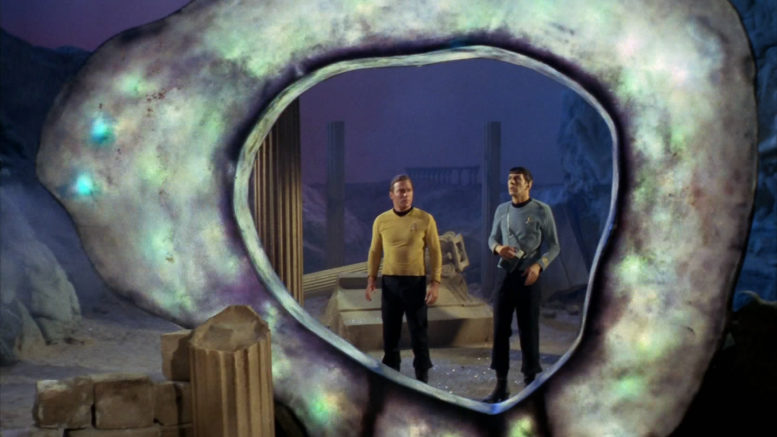There was a drive to minimalism and keeping the signal path as simple and direct as possible that extended further than the UK, e.g. Conrad Johnson, Mark Levinson, all but the first couple of Audio Research etc, but they always kept the aesthetic design and case quality high.
FWIW I distance Naim from the rest of the UK stuff as the quality of their casework beyond the very early years (i.e. once they started using very solid extruded aluminium sleeves) was of exceptional quality and highly durable. The internal build was superb too; at least as neat as Quad or Leak and with very high quality glass fibre boards. There is good reason why it has lasted so well and retains a high second hand value as it was just built so much better than so much of the kitchen-table junk that came onto the market on its coat-tails. This is one reason I never get in on the internet pile-on against Linn, Naim or Rega as they all produced very high quality, well made and reliable kit. It was the other stuff around at the time that tended to look like crap after a year or two or blow up, suffer from dry joints etc etc. I could reel off a list of so many examples of really badly made crap in the market at that time. I remember seeing piles of certain brands stacked up for return in one shop as they were so unreliable, so shonkily made.


